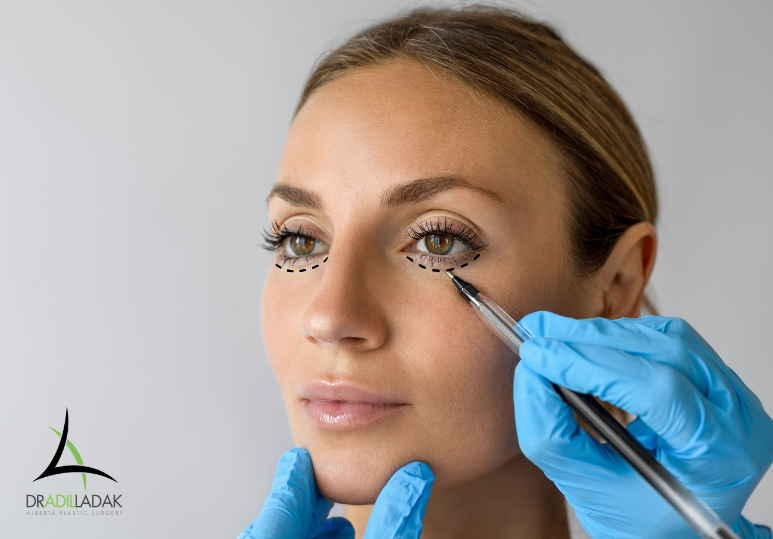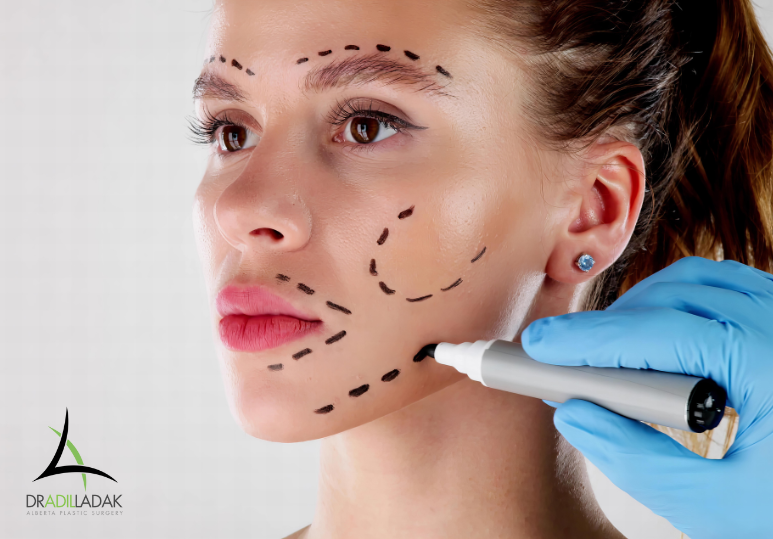The decision to undergo breast augmentation is a deeply personal one that involves careful consideration of various factors. One significant choice to make is between silicone and saline breast implants. In recent years, both options have come under scrutiny, leaving many women concerned about safety and aesthetics. This post aims to provide clarity by addressing common concerns associated with silicone and saline implants, enabling you to make an informed choice that aligns with your desires and health.
Safety and Composition
One of the foremost concerns surrounding breast implants is their composition. Silicone implants are filled with a cohesive gel that closely resembles natural breast tissue. Modern silicone implants are designed to minimize leakage risks, with the gel staying largely intact even if the implant's shell is compromised. Saline implants, on the other hand, consist of a sterile saltwater solution. In case of leakage, the body safely absorbs the saline without any harm. Advancements in both silicone and saline implant technology have significantly enhanced their safety profiles. FDA regulations ensure rigorous testing and monitoring of implant materials, providing greater peace of mind for women considering breast augmentation.
Aesthetics and Natural Feel
The debate over aesthetics often comes down to the natural look and feel of the implants. Silicone implants are lauded for their ability to mimic the suppleness of real breast tissue, offering a more natural appearance. This quality can be especially appealing for women seeking a discreet enhancement. Saline implants, while generally providing a slightly firmer feel, offer their own advantages. They require a smaller incision for insertion since they are filled after placement, which can result in a smaller scar. The choice between the two often hinges on personal preference and the specific outcome a person wishes to achieve.
Scarring and Incision Options
Incision placement and resulting scarring are valid concerns for many people. Silicone implants typically necessitate a slightly larger incision due to their pre-filled state. However, they offer the advantage of requiring fewer adjustments post-surgery. On the other hand, saline implants are inserted empty and then filled, allowing for a smaller incision. Advancements in surgical techniques have also given rise to options like the transaxillary (armpit) or transumbilical (belly button) incision, which can further reduce visible scarring. Discussing incision options with a qualified plastic surgeon is crucial in determining the best choice for your body and preferences.
Longevity and Maintenance
The longevity of breast implants is another crucial consideration. Both silicone and saline implants have an expected lifespan, but advancements in implant technology have extended their durability. While the lifespan of implants can vary among individuals, regular check-ups with your plastic surgeon can help monitor their condition and ensure their longevity. In case of implant rupture or dissatisfaction with the size, some women might opt for revision surgery. In such cases, it's important to work closely with your surgeon to choose the right type of implant and size that align with your goals.
The choice between silicone and saline breast implants ultimately rests on individual preferences, goals, and concerns. With advances in medical technology, both options have become safer and more versatile, allowing individuals to achieve their desired outcomes while prioritizing their well-being. As you navigate the journey of breast augmentation, it's essential to consult with a board-certified plastic surgeon who can guide you through the decision-making process and help you choose the option that will best fulfill your aspirations while ensuring your safety and satisfaction.
FAQ
Q: What's the difference between silicone and saline breast implants in terms of look and feel?
A: Silicone implants often provide a more natural look and feel, closely resembling real breast tissue. They offer a softer and more supple texture. Saline implants are slightly firmer and may have a less natural feel, but some women prefer them for their safety profile and smaller incision requirements.
Q: Are silicone or saline implants safer?
A: Both silicone and saline implants are considered safe and have undergone rigorous testing and regulation by health authorities like the FDA. Modern silicone implants are designed to minimize risks associated with leakage, and saline implants are filled with a sterile saltwater solution that the body can safely absorb in case of rupture.
Q: How long do silicone and saline implants last, and do they require regular check-ups?
A: Both types of implants have an expected lifespan, typically around 10-15 years, although they can last longer. Regular check-ups with a plastic surgeon are recommended to monitor their condition. In the event of implant rupture or dissatisfaction with size, revision surgery might be considered, and your surgeon can guide you on the best course of action.






